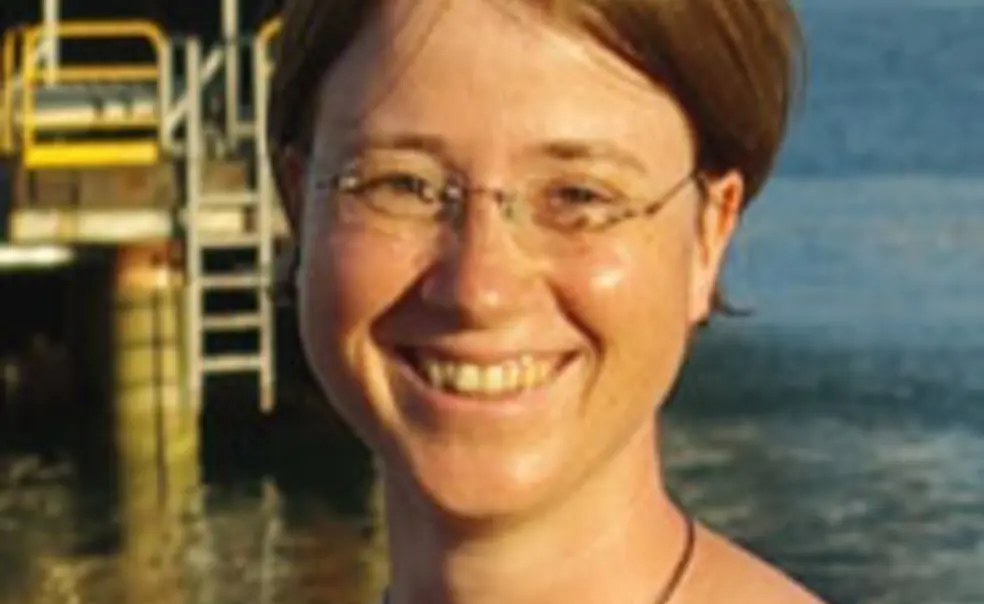Tiger of the Week: Karin Sigloch *08
Last month, when geophysicist Karin Sigloch *08 and co-author Mitchell Mihalynuk published a Nature paper offering a new explanation for the formation of the North American Cordillera, the large collection of mountain chains that stretches from Alaska to Mexico, peers hailed the work as “momentous” and “a mini-revolution.”
Sigloch was grateful for the response — and she understood the reaction. She told PAW that the research gave her a “feeling of surprise and wonder” when she and Mihalynuk were combining findings from geophysics and geology to re-envision how the western part of the continent formed. “A huge archipelago of volcanic islands rose from the proto-Pacific in our mind’s eye, and we pictured North America bulldozing over it during the age of the dinosaurs,” Sigloch said in an email.
Earlier interpretations had suggested that the mountain belt was formed “by relatively insignificant events,” Sigloch said, with small pieces of oceanic crust being delivered to the west coast as if they were on a conveyor belt. But that didn’t explain the geological diversity of the crust in the region.
Sigloch and Mihalynuk assert that the mountains came from larger formations: offshore island arcs similar to modern-day Japan and the Philippines. When North America drifted westward between 150 and 50 million years ago, the continent overrode these “micro-continents” and built up the Cordillera.
Sigloch’s Ph.D. work at Princeton played a key role in the Nature paper. She had developed a method for creating 3-dimensional images of the earth’s deep interior, “using waves generated by naturally occurring earthquakes,” and tested it on data from USArray, a network of seismological sensors. In the process, she discovered that the oceanic plate sinking back into the mantle under the Pacific Northwest does not connect to deeper fragments of ancient ocean crust — a detail that did not mesh with the standard hypothesis for the formation of the western part of the continent.
Sigloch now teaches at the University of Munich and has fond memories of her graduate school experience. “The Princeton community of colleagues, mentors, and friends is very special to me,” she said. “I grew at Princeton — it’s part of me now.”
Do you have a nominee for Tiger of the Week? Let us know. All alumni qualify. PAW’s Tiger of the Week is selected by our staff, with help from readers like you.












No responses yet